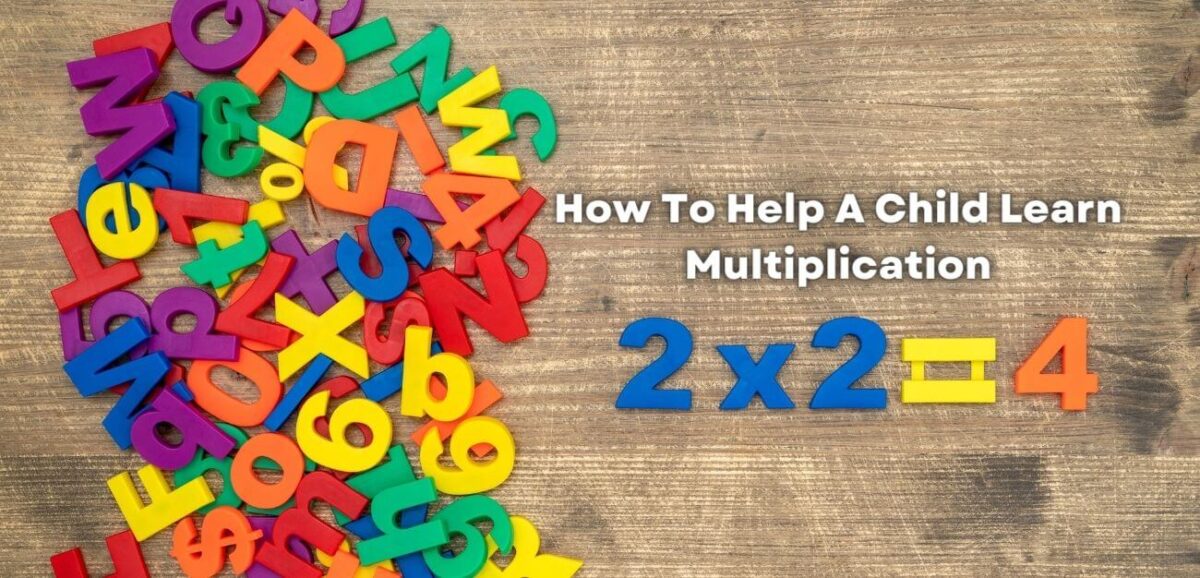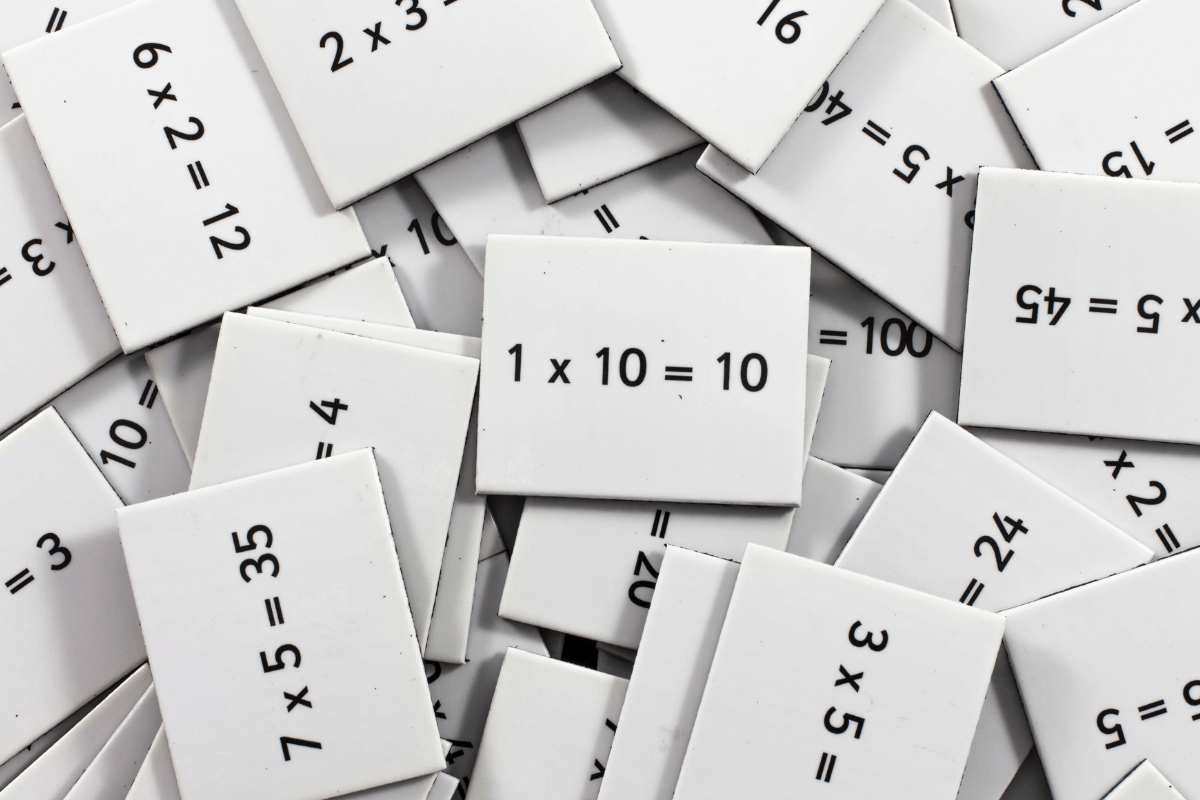As a parent, it’s natural to worry about your child’s academic progress, especially when it comes to learning essential skills like multiplication. You want to ensure that they are learning and mastering essential skills that will prove useful throughout their life. However, knowing how to help your child if you notice they are struggling with […]
Categories
How To Help A Child Learn Multiplication



